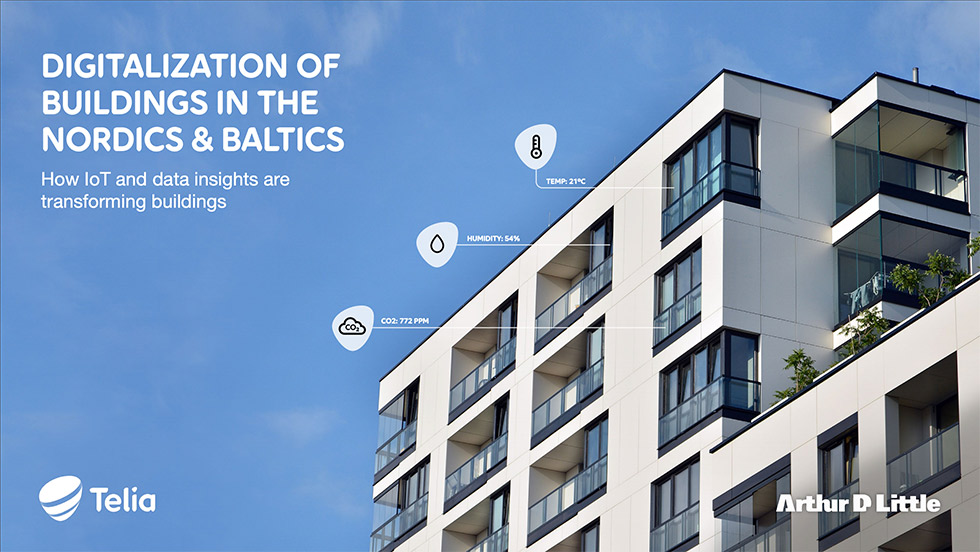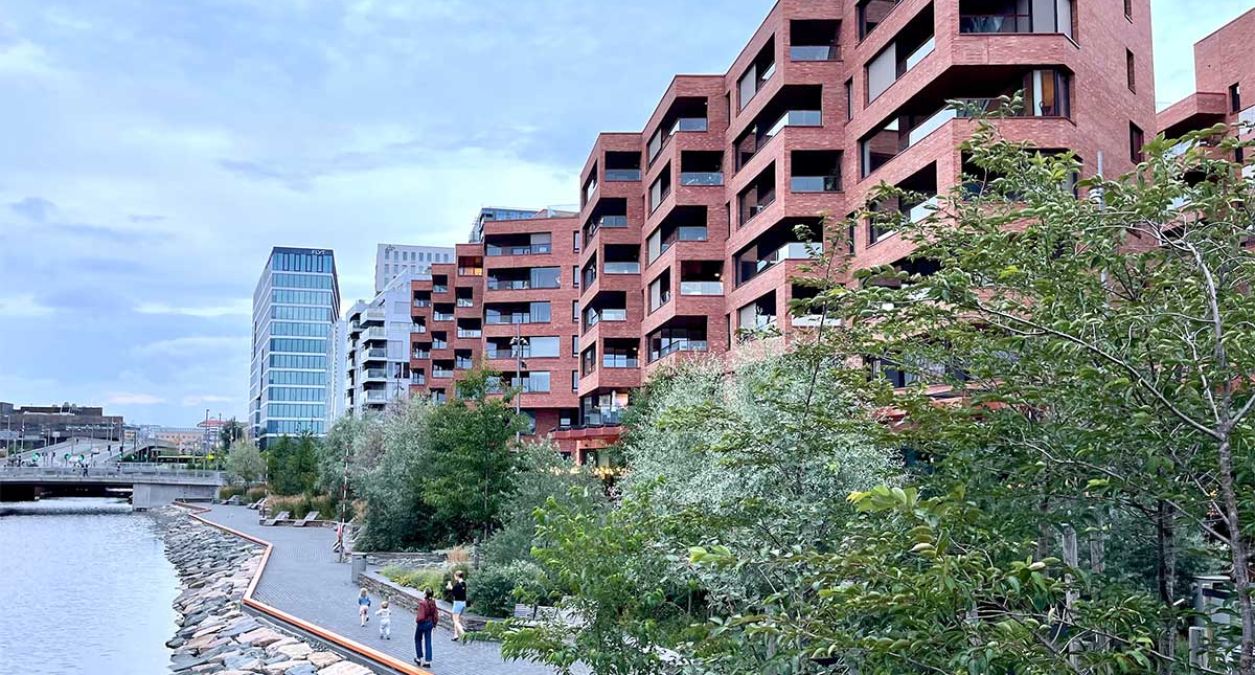Building Pain Point 2: Lack of oversight
Buildings contain multiple systems that are altered or updated continuously. That makes it difficult to retain full oversight of the systems within the building and the infrastructure itself.
This is an extract from: Digitalization of Buildings in the Nordics & Baltics.
In lengthy construction projects with many stakeholders, records or documentation administration is a challenge. As many buildings are expected to remain in operation for over 100 years it is not surprising that data and documents go astray along the way.
For facility owners preparing modernization programs and maintenance work, the only way is to go through whatever documentation is available: emails, blueprints, property inspections and so on. The consequences are challenging. Firstly, it is time-consuming to locate and analyze information as well as to make repeated, ad-hoc inspections. Secondly, unexpected technical failures are more frequent when building managers don’t have access to technical data.
"There is a lot of information about a facility that could be useful. Unfortunately that information is often not documented in a good way. There is no database with historic data and changes made are not documented. Moving forward, we need to become better at putting up requirements on standards for the documentation format and structure of data”
– CXO, facility owner
Digital copies of all prior documentation make a big difference. It is even better to have real-time data on the facility infrastructure to be able to improve processes and customize performance.
Connecting infrastructure allows effective management and repair by providing access to technical data that can enable predictive or even prescriptive maintenance. Typically, maintenance is done in a reactive manner whereby technicians monitor a daily list of service requests, identify failure causes and remedy failures accordingly. Predictive maintenance on the other hand uses historical data to predict when a failure will occur. Prescriptive maintenance adds an additional layer of intelligence and recommends relevant corrective actions.
In addition to increasing employee productivity and reducing the frequency of failures, predictive and prescriptive maintenance help extend the equipment lifetime by identifying potential failures before they occur. Some sources have indicated savings of up to 30 percent when transitioning from reactive maintenance to predictive maintenance using data from sensors.
Digital Twins show the big picture
A digital twin is a digital representation of physical things. In buildings, it enables full oversight of the status of the building and its component systems. The detail and granularity of this representation vary widely, from simple digital 2D models of a building to advanced 3D models containing granular data on the smallest of facility modules and their interactions. What they all have in common is that they are built on data. By using a live, digital replica of the real thing it is possible to monitor, model and simulate different scenarios and test new ideas without disrupting the physical environment.

In the construction phase, a digital twin can be used to control the work and later verify that the installations have been completed according to the original plan. Once the facility is operational, it can help optimize systems by testing different settings under different conditions. When selling a facility, a digital twin provides a layer of management granularity that can raise the potential value of the property.
While the value of a digital twin is clear, realizing its value requires high-quality data from a number of sources which may not currently be connected.
An initial data set is required to build the digital representation, and then continuous data flows are needed to sustain relevance. During construction, the initial drawings provide the foundation for the twin, which can be handed over to the facility owner upon completion. However, information is more commonly not transferred smoothly and seamlessly. Moreover, there is often a lack of routines to update the model from the developer and hand it over to the next owner. During the building’s lifecycle, a lot of information is lost.
Developing digital twins for existing buildings is not any easier, as it takes time and effort to locate all the relevant facility information – dimensions, technical details, repair logs and reconstruction specifications and material and performance standards.
The business value of the digital twin in buildings needs proof, with most of the technology still in early stages. However, when deployed in assembly lines in manufacturing plants, digital twins have been estimated to generate cost reductions ranging from five to 15 percent. The reductions come from increased equipment utilization, less machine downtime and lowered quality costs. Some trials have combined the digital twin with virtual reality technologies allowing the user to step into the digital world and conduct virtual experiments with the surrounding digital objects.
Despite the challenges of this emergent technology, curiosity and expectations surrounding its potentials are high in the industry. Nevertheless, as digital twins rely on data from IoT-enabled solutions, facility owners would be wise to deploy solutions that gradually bring their facilities to new levels of intelligence and connectivity.

Cookie notification
Cookies allow us to optimize your use of our website. We also use third-parties cookies for advertising and analytics. Please read our Cookie Policy for more information.

